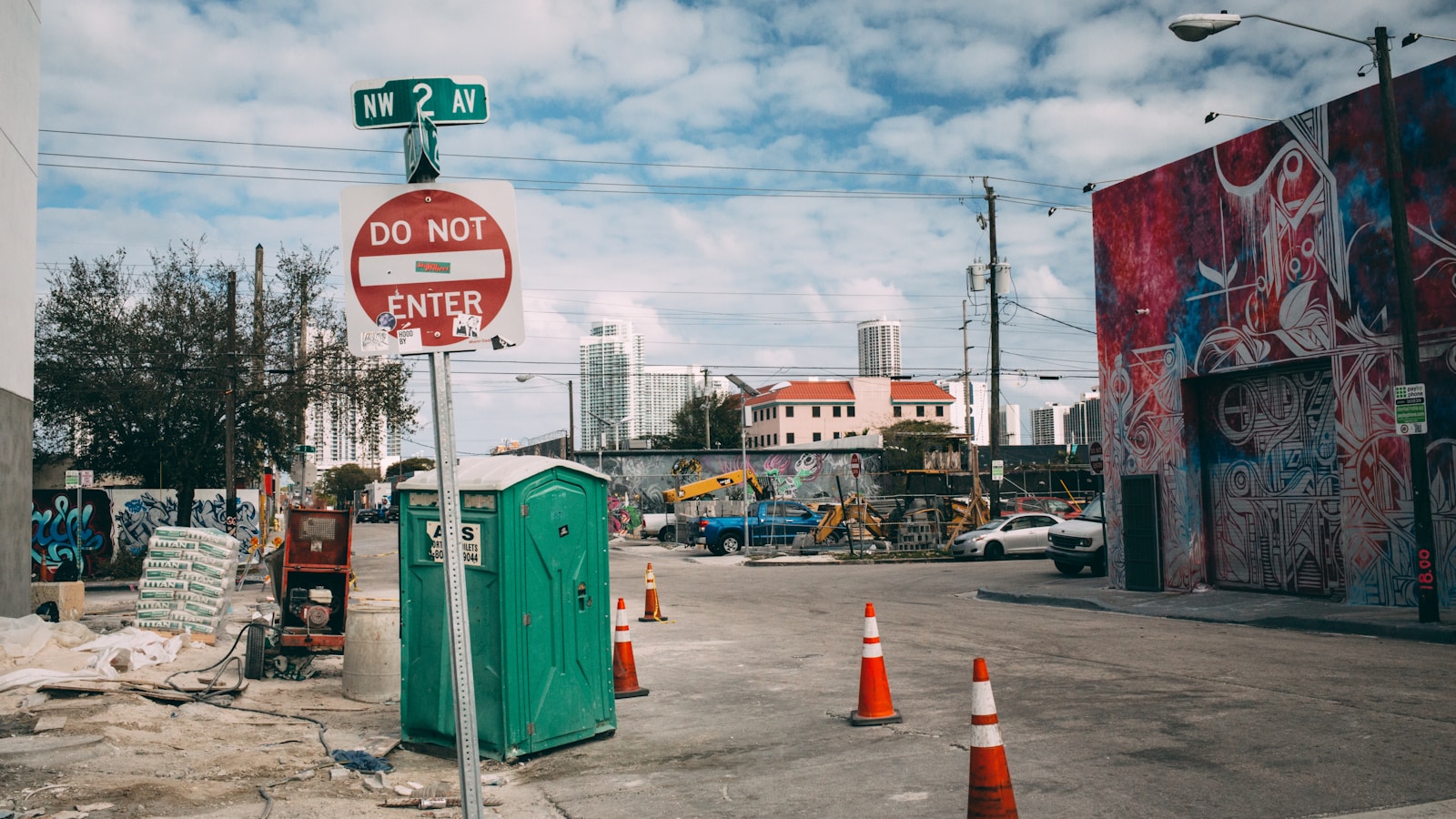
entrar

enter
The Spanish word 'entrar' translates to 'enter' in English and is used to indicate the action of going inside something or starting/beginning something. Similar to English, 'entrar' is a regular verb and can be used in various contexts, such as entering a room, starting a conversation, etc.
Example sentences using: entrar
Necesito entrar en la casa.

I need to enter the house.
The phrase uses 'entrar' (to enter) to express the need to go inside the house. In Spanish, the preposition 'en' is often used where in English 'into' would be used after 'enter'.
No puedo entrar en este lugar.

I cannot enter this place.
This phrase uses 'no puedo' (I cannot) to express inability followed by 'entrar' and the preposition 'en', meaning to enter into a place.
¿Podemos entrar?

Can we enter?
This phrase follows the usual question structure in Spanish. The verb 'entrar' (to enter) is used here in its infinitive form.
Voy a entrar en la tienda.

I am going to enter the store.
Here, 'Voy a' is the future tense indicating a future action. Then it is followed by 'entrar', meaning to enter, and 'en' for inside.
Quiero entrar en la universidad.

I want to enter the university.
The verb 'quiero' (I want) expresses the speaker's intention to 'entrar en' (enter into) the university, reflecting the goal to study there.
No dejes entrar el frío.

Don't let the cold in.
In this case, 'entrar' is used metaphorically to express the act of letting something (in this case, the cold) come into a place.
Déjame entrar, por favor.

Let me enter, please.
'Déjame entrar' is a polite request to be allowed to enter a place. 'Por favor' adds politeness to the request.
Me gusta entrar en la biblioteca.

I like to enter the library.
In this sentence, 'Me gusta' expresses liking or enjoyment of the action that follows, which is 'entrar' (enter) 'en la biblioteca' (into the library).
Es difícil entrar en ese club.

It is difficult to enter that club.
This sentence uses 'es difícil' (it's difficult) to express that entering 'en ese club' (into that club) is not an easy task.
Prefiero entrar por la puerta trasera.

I prefer to enter through the back door.
'Prefiero' (I prefer) expresses preference, followed by 'entrar' (to enter) and 'por la puerta trasera' (through the back door) indicates the specific entrance one prefers.